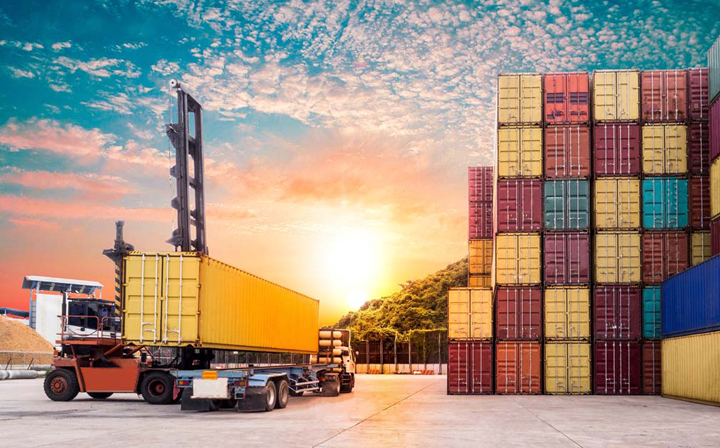
ALTHOUGH the Philippines’s logistics market is not yet mature as compared to its more progressive Asean neighbors like Singapore and Malaysia, the potential remains great as the market offers a lot of opportunities for investors.
In a recent webinar, Tom Over, director industrial and logistics, JLL Philippines said the country needs to scale up to be at par with the more mature markets such as Singapore. He said investors right now are looking for investments that will give higher yields around 12 percent.
“Big companies with huge landbanks can form a joint venture with a major foreign player to build institutional centers that can attract more investors in the country,” Over said.
Stuart Ross, JLL head of industrial and logistics for Southeast Asia said the country must continue develop its infrastructure to be able to attract investors in the local logistics industry. He added infrastructure is critical to bring efficiency in the supply. “Roads, ports, free trade agreements, tax incentives are extremely important for large companies that can bring a lot of suppliers for the industry,” Ross pointed out.
Despite the pandemic that dealt heavy blows to the economies of Southeast Asia, Over said investors remain bullish as manifested by the clean shift of capital to Southeast Asian region in 2020 and will continue in 2021. “Logistics has been a core part of a diversified portfolio. We see a lot in investors in commercial, residential, hotel and retail moving their capital to logistics,” he said.
“Ten years ago, average size of the deals value on logistics was only $19 million but it has increased to $33 million so far. Obviously, there are rising of values and entry of capitals in the market,” he said.
Over stressed that it is not too late to enter the sector saying that the supply and demand dynamics right now is a big factor propelling the industry’s growth. He said the market will continue to experience undersupply, and at the same time see more groups that will enter the logistics sector. Furthermore, Ross said companies from North America and Europe are also preparing to enter the Asean market for big opportunities. We will see more assets to be developed in time as the capital market will be busy talking to investors.
Since logistics and e-commerce are location-dependent, Over said a five-minute distance is the ideal setup otherwise it will not work. With a shorter distance, there will be a reduction in the transportation cost that can make the price of a product competitive in the market. He said there are over 5,000 sq m of legacy logistics centers in Pasig and Parañaque that can be redeveloped for expansion.
“There is going to have an international demand for joint venture [JV] in this space. They are looking to enter the Philippines and build large institutional facilities to absorb the demand. There is definitely opportunity here,” he said.
In a related development, the Lobien Realty Group sees the local logistics market to achieve 8.8-percent growth rate from 2018 to 2024 worth P9.70 billion to P1-trillion market by 2023. The country is ranked 60th out of 168 countries in the Logistics Performance Index of the World Bank as 2018.
Moreover, LRG also pointed out the impressive performance of e-commerce in the Philippine economy. Revenues in the e-commerce market is expected to hit $3.540 million by the end of 2020. Revenue is projected to have an annual growth rate of 18.4 percent, expecting a projected market value $6.956 million by 2024.
Ross said the e-commerce growth will boost logistics in Southeast Asia as more people are using the digital platform for selling products and services. Others sectors that can boost logistics specifically cold storage chain are food and the pharmaceutical industries.
There will be strong push for a stronger supply chain in a post pandemic era as countries are going to stockpile products such as medicines and food, according to Ross.
Christophe Vicic, country head of JLL Philippines, pointed out the Philippines has one of the lowest vacancies in Southeast Asia with an average rate of 10 percent. “It remains a good area for investment as supply is still a challenge in the region and demand is going up,” he said.
